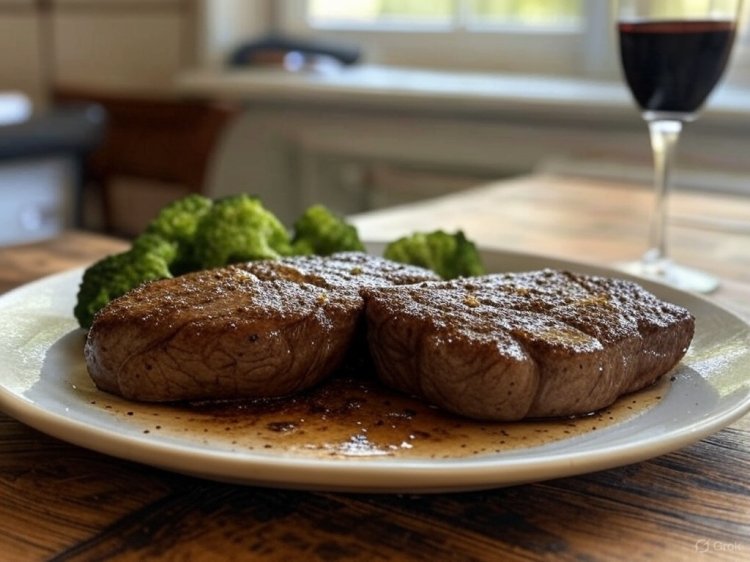Comparing Popular Low-Carb Diets: Keto, Paleo, and Atkins

Low-carb diets have surged in popularity as effective strategies for weight loss, blood sugar control, and overall health improvement. Among the most well-known are the Ketogenic (Keto), Paleo, and Atkins diets, each with its own approach to carbohydrate restriction. This article breaks down the core principles, benefits, drawbacks, and supporting research for these diets to help you decide which might suit your health and fitness goals.
The Ketogenic (Keto) Diet
The Keto diet is a very low-carb, high-fat plan designed to put your body into a state of ketosis, where it burns fat for fuel instead of glucose. Typically, it restricts carbs to under 50 grams per day, with 70-75% of calories from fat, 20% from protein, and just 5-10% from carbs. Foods like avocados, nuts, oily fish, and low-carb vegetables (e.g., broccoli, spinach) are staples, while grains, sugars, and most fruits are off-limits.
Studies show Keto can be effective for short-term weight loss. A 2008 study in Nutrition & Metabolism found that individuals with type 2 diabetes on a ketogenic diet lost an average of 24.4 pounds over 24 weeks, alongside improved glycemic control. Keto also shows promise for reducing triglycerides and increasing HDL ("good") cholesterol, as noted in a 2023 meta-analysis from StatPearls. However, long-term adherence can be challenging. A 2021 study in Nutrients highlighted that many participants struggled to stick with Keto due to its restrictive nature, and some experienced "Keto flu" symptoms like fatigue and headaches during the initial transition. Additionally, the diet’s high fat content raises concerns for heart health in some individuals, particularly those with pre-existing conditions like chronic kidney disease.
The Paleo Diet
The Paleo diet focuses on foods presumed to be available to Paleolithic humans, emphasizing whole, unprocessed options like meat, fish, eggs, vegetables, fruits, and nuts. It excludes grains, dairy, legumes, and refined sugars, aiming for a more "natural" eating pattern. While not as carb-restrictive as Keto, Paleo typically keeps carbs at 35-40% of daily intake, depending on fruit and vegetable consumption.
Research suggests Paleo can support weight loss and metabolic health. A small study cited by Everyday Health in 2023 noted that Paleo followers experienced reductions in belly fat, blood pressure, and lipid levels. However, these studies were short-term and not always high-quality, leaving gaps in understanding long-term effects. Paleo’s exclusion of dairy and grains can lead to nutrient deficiencies, such as calcium, and its reliance on meat may increase costs—about 10% more than a standard diet, according to the same source. For those with type 2 diabetes, the higher carb allowance from fruits might make blood sugar management trickier compared to stricter plans like Keto.
The Atkins Diet
The Atkins diet, one of the earliest low-carb plans, takes a phased approach to carb restriction. It starts with a strict induction phase (under 20 grams of carbs daily), focusing on high-protein foods like meat and eggs, then gradually reintroduces carbs such as vegetables, fruits, and eventually whole grains. In its final maintenance phase, carb intake can reach 100 grams per day, depending on individual tolerance.
Atkins has been studied extensively for weight loss. A 2007 study in Diabetic Medicine found that participants on a low-carb diet like Atkins lost 15.2 pounds over three months, compared to 4.6 pounds on a low-fat diet. A 2005 study in the Journal of the American Medical Association also showed Atkins outperformed other diets like Ornish and Zone for weight loss in the short term. However, the high protein intake in the initial phase may increase the risk of kidney stones, as noted in a study referenced by Everyday Health in 2023. Additionally, the diet’s many rules can feel overwhelming, potentially hindering long-term adherence.
Comparing the Diets
All three diets can promote weight loss by reducing carb intake, which often leads to lower calorie consumption and improved insulin sensitivity. Keto is the most restrictive, making it effective for rapid weight loss but harder to sustain. Paleo offers more flexibility with carbs but may lack certain nutrients due to its exclusions. Atkins provides a structured, phased approach, balancing restriction with gradual reintroduction, though its high protein focus carries risks for some. Cardiovascular benefits, like improved HDL and triglyceride levels, are seen across all three, but long-term effects on heart health remain debated, as noted in a 2024 Frontiers in Nutrition review.
Summary
The Keto, Paleo, and Atkins diets each offer unique benefits for weight loss and metabolic health, backed by studies showing short-term efficacy. Keto excels in rapid fat loss and blood sugar control but is hard to maintain. Paleo promotes whole foods and may improve lipid profiles, though it can be costly and less strict. Atkins provides a structured plan with proven weight loss results, but its high protein phases pose potential risks. Choosing the right diet depends on your health goals, lifestyle, and ability to sustain the plan long-term. Always consult a healthcare professional before starting any restrictive diet, especially if you have underlying health conditions.